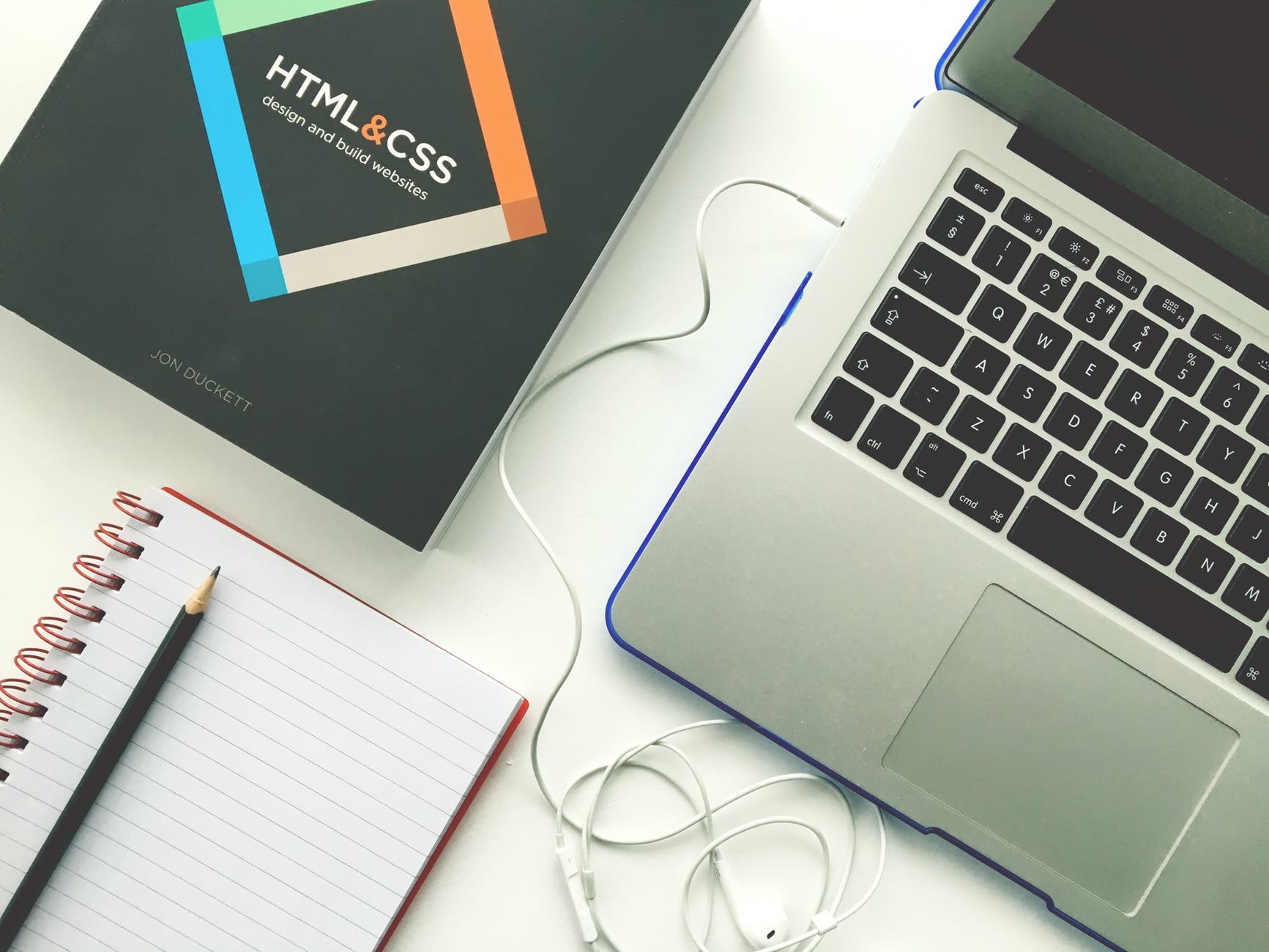One of the most necessary steps in successfully creating a web application is choosing the right technology. In general, web application development requires a server, a database, a programming language, and HTML+CSS to make a good-looking for users.
For most outsiders, those specialized words may sound unfamiliar. Should you use Python or Java? Node.js or Flask/Django for the web framework? What is the best front-end option: Angular, React, or VueJS? etc. So many questions that you don’t even know the thorough meaning of the keywords.
To get over that, scroll down this article to inchmeal get an idea of what is a web app technology stack, how it works, and some basic notes you must take to pick up the right tech stack for your project.
The Concept of the Technology Stack
A tech stack is a combination of software products and programming languages used to create a web or mobile application. Every application has two components: client-side and service-side, also known as front-end and back-end.
1. Service-side – Back-end tech stack
The service side contains the technical logic that works behind the scenes to drive your application. Users never engage with this side directly. Nodejs, React/Angular, and Go Lang are some of the most trendy technologies in the field currently. Besides, we select a programming language along with a website framework written in that language. Frameworks are extremely useful since they provide developers with vetted implementations of common web application features like data access and user authentication, keeping them from reinventing the wheel.
2. Client-side – Front-end tech stack
This is the visual part of your application that users can see and interact with. The interaction can happen through a mobile app or a web browser. For web development, the front-end tech stack includes:

There’re many options for your front-end frameworks, some good suggestions:
- JavaScript frameworks provide tools for building wealthy, interactive web experiences. Recommended: Backbone.js, AngularJS, ReactJS
- Presentation frameworks offer a standardized format for developing responsive web pages with high aesthetics. Recommended: Bootstrap
Criteria to Keep in Mind When Choosing a Stack
1. Product specifications
Desktop vs. Mobile
According to Hootsuite 2018 report, mobile access makes up 52% of website traffic. Based on that criteria, three common phrases that are often used to discriminate the different priorities to user’s experience are mobile-first, mobile later, and mobile only.
Mobile-first stands for an optimal app that is SEO-friendly and reactive to any function and screen resolution. So obviously, mobile-later places priority on the desktop version of the app. It means viewing the web on a desktop brings a better user experience than viewing on mobile. The last, mobile-only applications, as opposed to mobile-first, are more expensive to make. These projects often have a simple CMS website for marketing the app.

Project size and complexity
The question is, are you trying to give a solution to an unsolved problem or make a better solution to what has already been done? Depending on the project’s complexity and main goals, all projects can be divided into three types:
- Small projects – a strict deadline and budget for simple applications.
- Mid-range projects – usually require a framework and a combination of programming languages, such as large eCommerce stores, financial and enterprise projects, etc.
- Complex projects – social media, big eCommerce marketplace, cloud applications, etc. To build these you need to use more programming languages and more technologies to fit with the size of the project.
Application Capacity
This will affect your choice of tech stack as much as the size does. For example, if you are building a video/audio streaming or a file-sharing web application, you need a programming language or a framework that can support heavy loads. And for building apps that require high responsiveness like social media apps, you also need corresponding technology that can ensure that.
2. Product goals
Scalability – an essential feature that is directly tied to your goals. Is the technology you choose able to handle exponential user growth rate as well as additions of new functions? Whether you scale by adding more powerful hardware or by distributing the web app across more servers and databases, how simple the process is depends on the web framework you choose.
Maintainability – a good architecture from the start and optimized code are required to easily maintain your app in the long term. If there’s any unresolved issue, it will reappear later and cause problems. A way through it is by adding a testing framework to your stacks, such as Jasmine, Karma, Selenium, or Protractor.
Security – last but not least, the security of your own self as well as of your users’ data. Everyone knows the internet is totally not a safe place. In fact, there’s no technology that is 100% secure, but certainly, there are also some reputable brands such as Django, Laravel, RoR, Flask, etc. can provide better support than others against common web attacks.
3. Resources
Staff – mind the availability of software developers for your required tech stack. Choosing a software outsourcing company to develop your application is always a better option to save you effort and money.
Recommended reading: How to Find a Software Development Company?

Budget – planning a fixed budget and making your decision partly depends on it is a must. You’ll get what you pay for. However, it doesn’t mean the more you pay the more high-tech services you will get. The point here is which technology is suitable for your budget and purposes, so you need to put some effort into finding the right match.
In the long run, the success of your project strongly relies on the web application stack you choose, and out there is a great source of the most modern web application technologies. Therefore, take your time to consider carefully or you can just contact Designveloper to receive prompt support.
Truc Thuy Minh









